Moles are small, burrowing mammals that spend most of their days underground, digging in the soil and gobbling up grubs. But as with mice and voles, large populations of moles can cause damage to lawns and gardens, and they may even harm plants over time. However, moles aren’t all “bad,” and they can actually benefit gardens in certain ways!
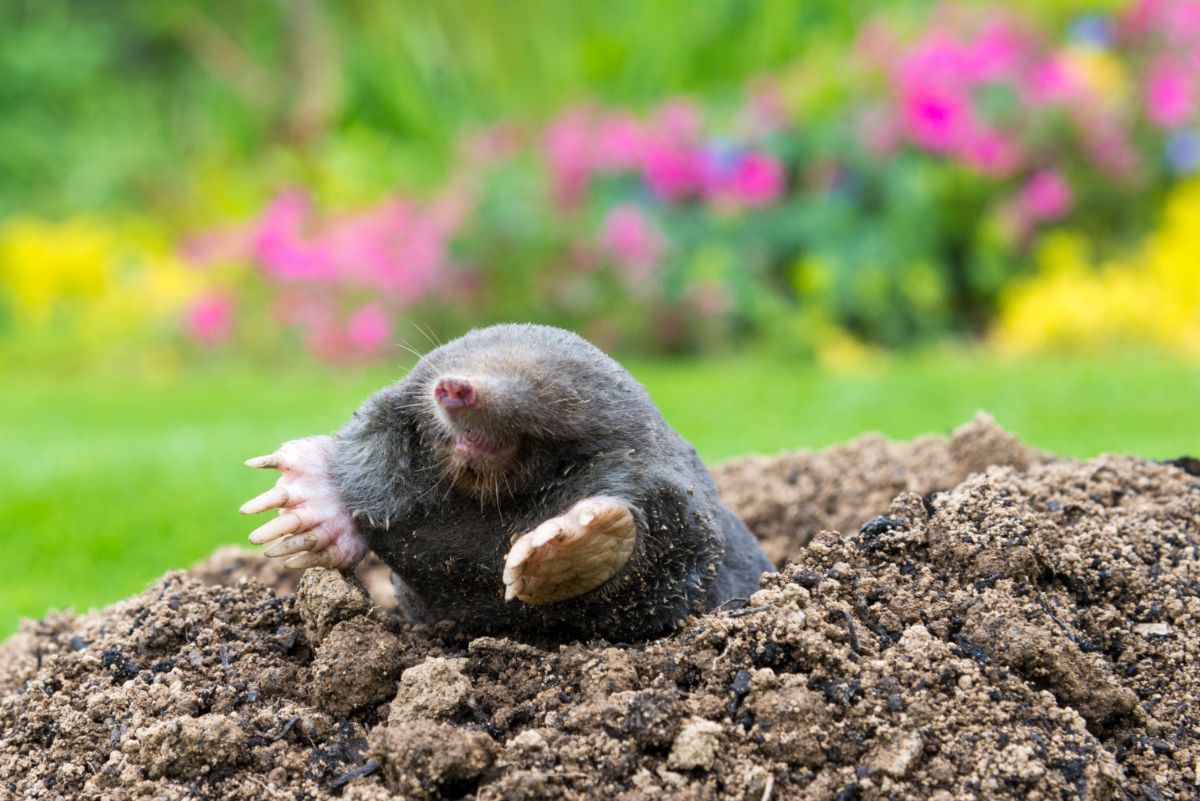
While some gardeners may not mind moles one bit, if you have a lot of mole tunnels on your property and you want to do something about them, there’s no need to use pesticides or poisons. Instead, there are plenty of effective, humane, and all-natural ways to keep moles at bay, which you’ll discover in the guide below. And on top of that, you’ll find some quick and easy tips that will help you live in harmony with garden moles, too!
Jump to:
- Are moles friends or foes?
- Recognizing a ground mole problem
- 11 tips for preventing and controlling ground moles
- 1. Live traps
- 2. Treat for grubs
- 3. Sound vibrations
- 4. Garlic spray
- 5. Castor oil spray
- 6. Companion planting
- 7. Underground barriers
- 8. Natural predators
- 9. Grow bags and pots
- 10. Other scented deterrents
- 11. Bulb cages
- Frequently asked questions
- What is the fastest way to get rid of moles in your yard?
- Why do I suddenly have moles in my yard?
- What scent do moles hate?
- What can I spread on my lawn to get rid of moles?
- Is it good to have moles in your garden?
- What does a mole plant do?
- Summary
Are moles friends or foes?
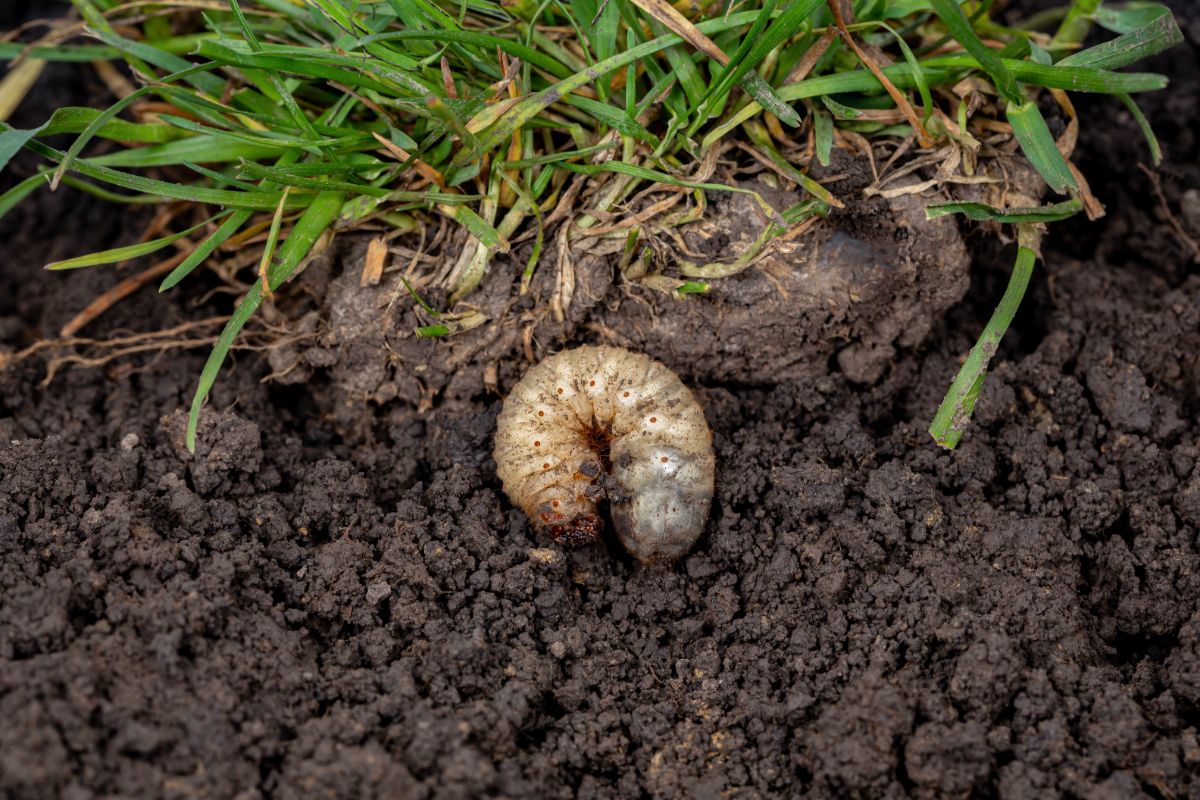
Some garden pests, like cabbage loopers, undoubtedly cause a lot of damage to plants. But moles are a different story altogether, and they can sometimes actually benefit gardens!
While moles can certainly be destructive, they are actually insectivorous animals that prey on many garden intruders, including lawn grubs, beetles, slugs, and snails. In fact, large populations of moles can actually alert you to existing pest problems, and resident moles in your garden can keep your flower and vegetable beds naturally pest-free. After all, moles eat between 70 and 100% of their body weight per day… which equates to a lot of insects!
A lot of the confusion with moles stems from the fact that moles are often mistaken for voles. Moles and voles are both small, burrowing mammals, and they have a similar look, but voles actually do eat plants, and they can destroy root vegetables and other crops. Moles, on the other hand, are much more interested in insects, and they don’t directly harm plants, but they can cause other problems.
Although moles can be useful for natural pest control, mole tunnels can be unsightly, and if you have a lot of them, they may cause part of your lawn or garden to sink down. As they dig, moles can also expose plant roots, which makes plants more vulnerable to drying out. And pests like voles and mice can sometimes use mole tunnels to access and eat plant roots.
As you can see, the question of whether moles are useful or not is a bit murky. Some gardeners welcome moles and appreciate the way these hardworking critters aerate the soil and control pests. But if you have more moles than you’d like, you can control mole populations effectively with all-natural solutions and simple gardening techniques.
Recognizing a ground mole problem
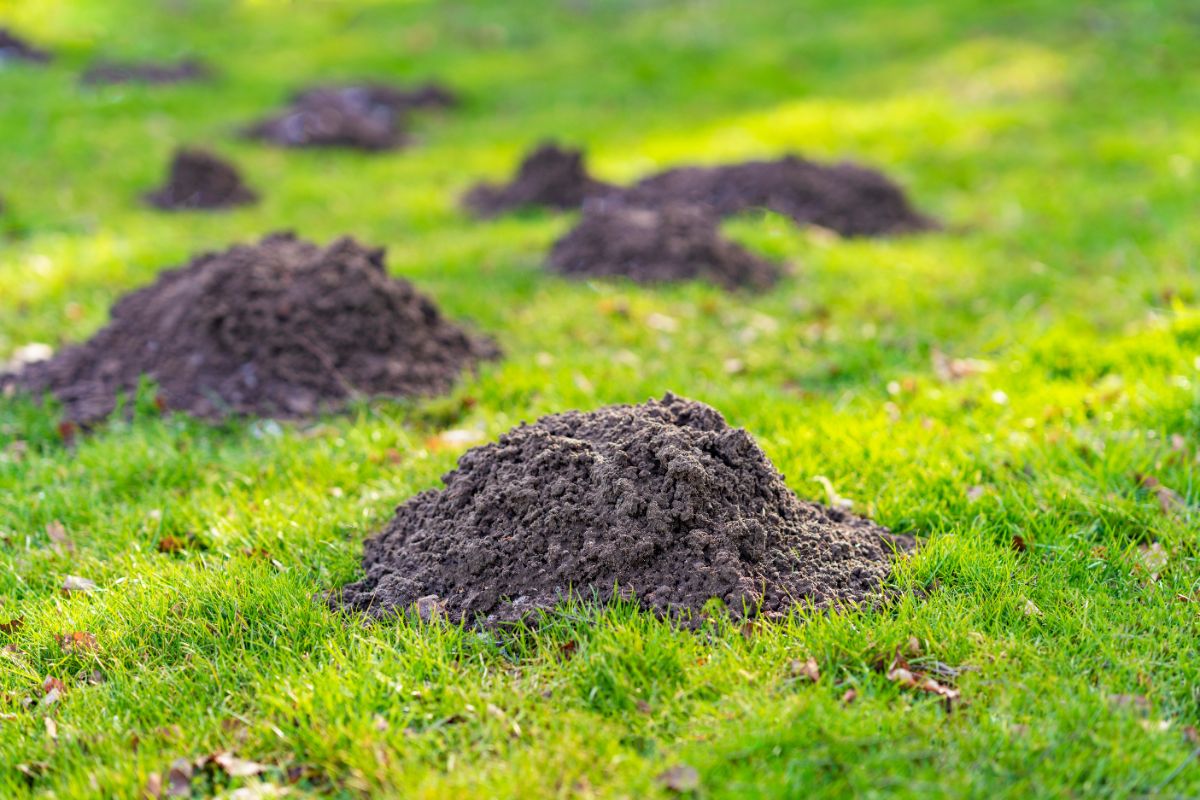
Moles are somewhat secretive animals, and you can have a large population of moles in your garden and never see a single mole. This is because moles spend most of their time burrowing underground, and they may only surface when they’re looking for new tunnels or nesting materials.
If you’re on the lookout for moles, keep your eyes peeled for small, grayish-brown animals that are about 7” long and that move low to the ground in a motion that looks a bit like swimming. Compared to voles, moles have a larger body size and larger front feet, which they use for digging. They also have small, dark eyes and pointed, furless noses, while voles have more rounded snouts and they more closely resemble mice.
Although you may never see a mole on your property, mole tunnels can be much easier to spot. If you’re walking around your garden, your shoes may sink down into a mole tunnel, or you may notice characteristic, volcano-shaped mounds of dirt that mark the entrances of mole tunnels. These are both clear signs of mole activity!
Moles are most active in spring and fall, and they prowl about after rain and in the early morning and evening when light levels are low. While moles may make a home in any garden, they tend to prefer gardens with loamy and moist soil that’s rich in organic matter. Once they invade, moles create tunnels quite rapidly, and a single mole can impressively dig 18’ of tunnel length in an hour or 150’ of new tunnels every day!
11 tips for preventing and controlling ground moles
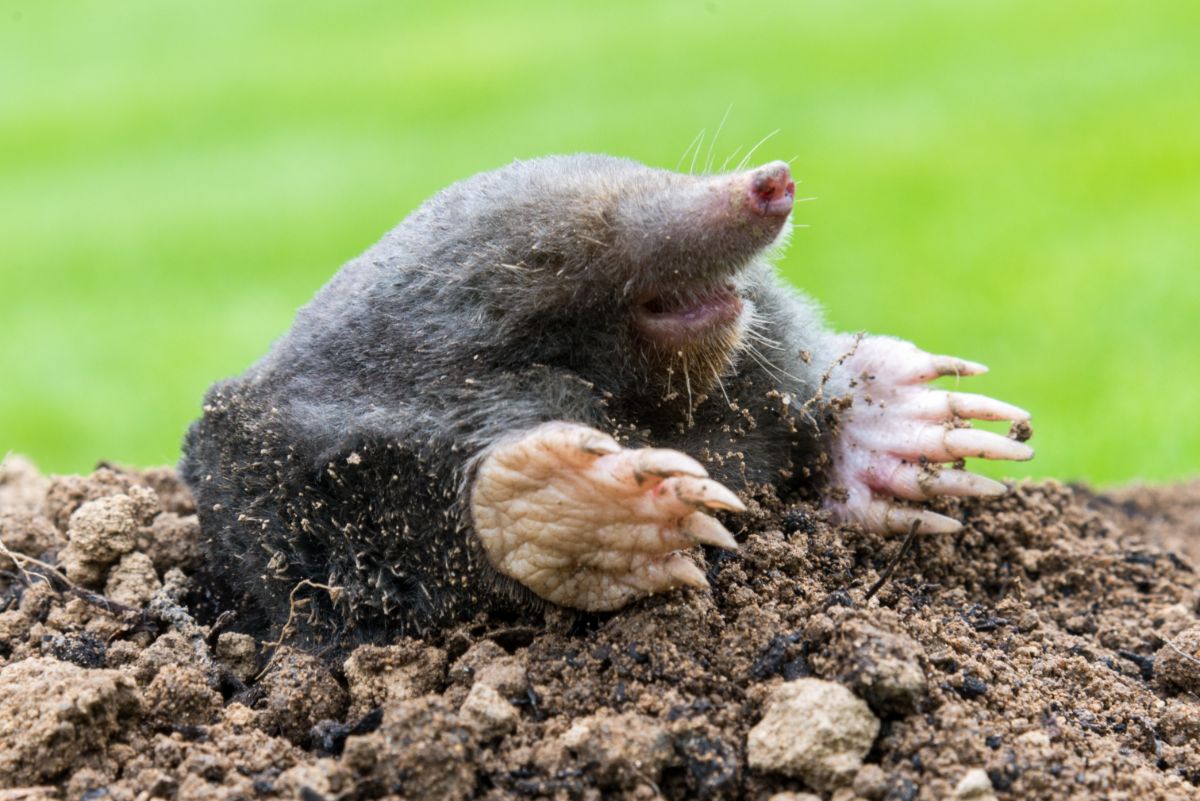
If you have a mole or two on your property, it may not be cause for alarm. However, if your garden is becoming overrun by moles, you may want to take some steps to control their spread and remove moles to another, safer location. Below, you’ll find 11 easy tips to keep moles out of lawns and gardens, but many of these suggestions will also help control mice and vole issues, too!
1. Live traps
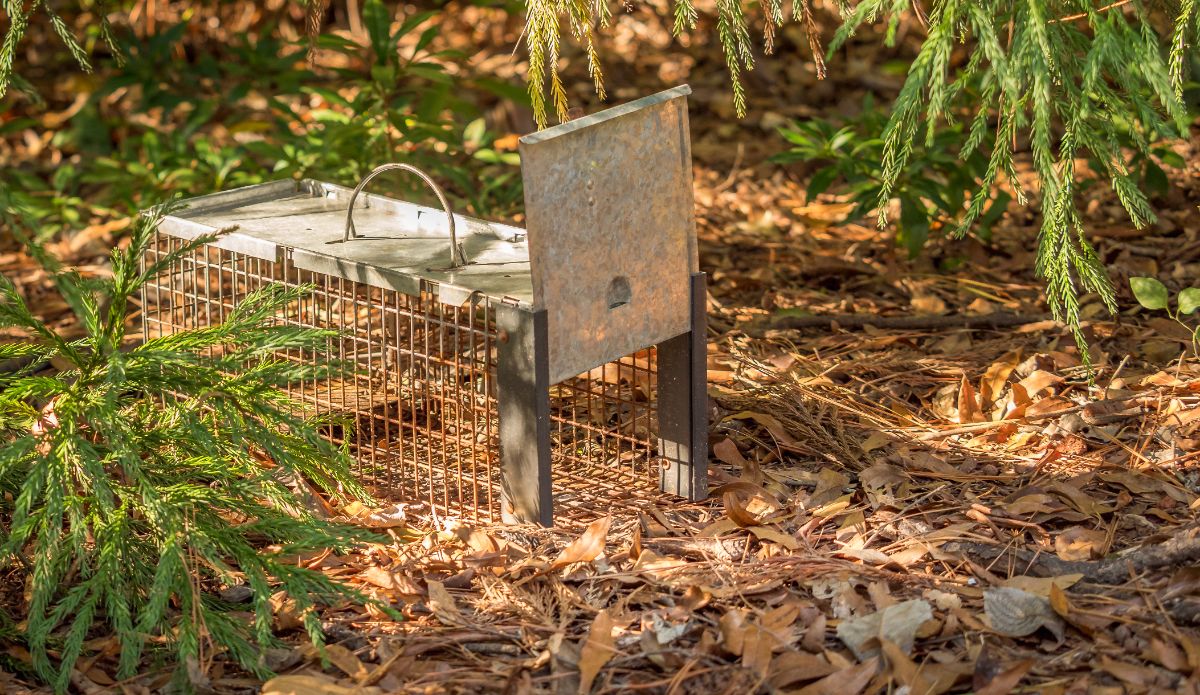
Although gardening forums are rife with homemade solutions and folk remedies for mole infestations, many of these tips don’t actually help control moles. But live traps actually do work, and they may just be the most successful way to keep moles in check. And although live traps are a humane solution for moles, they can also be used to catch voles, mice, and other small animals.
Live traps should be set either in fall or spring, but because moles typically give birth in spring, you may want to set traps in fall so you don’t accidentally disturb nursing mole mothers. Traps should be set near an active tunnel or another area of your garden that you know moles visit. If you place the trap near a tunnel entrance, moles may wriggle in without a problem, but you may also want to place an earthworm or two inside your live trap as bait.
Before placing traps near a mole run, make sure the run is active by stepping down on a section of the tunnel. If the tunnel section is rebuilt and pushed back up by the next day, you know moles are in the area. However, if traps don’t seem to be getting any attention after a few days, you may want to relocate them to a new spot in your garden.
After placing your live traps, be sure to check them and relocate any moles you catch to a safe spot as soon as you can. When releasing moles, be sure to follow local rules and regulations and set the moles free in a rural area, at least 5 miles away from human habitations. This will keep moles safe and ensure that your mole problem doesn’t become someone else’s gardening woe!
Tip: Many commercial “mole bait” products contain toxic ingredients that poison moles, as well as other mammals, birds, and house pets. Because the food web is so interconnected, you should avoid using these products in your garden as they may have unintended consequences, and they can kill hawks, owls, foxes, and other non-target animals that prey on moles. When used regularly, live traps can be just as effective without these harmful baits, and they won’t damage the surrounding ecosystem either!
2. Treat for grubs
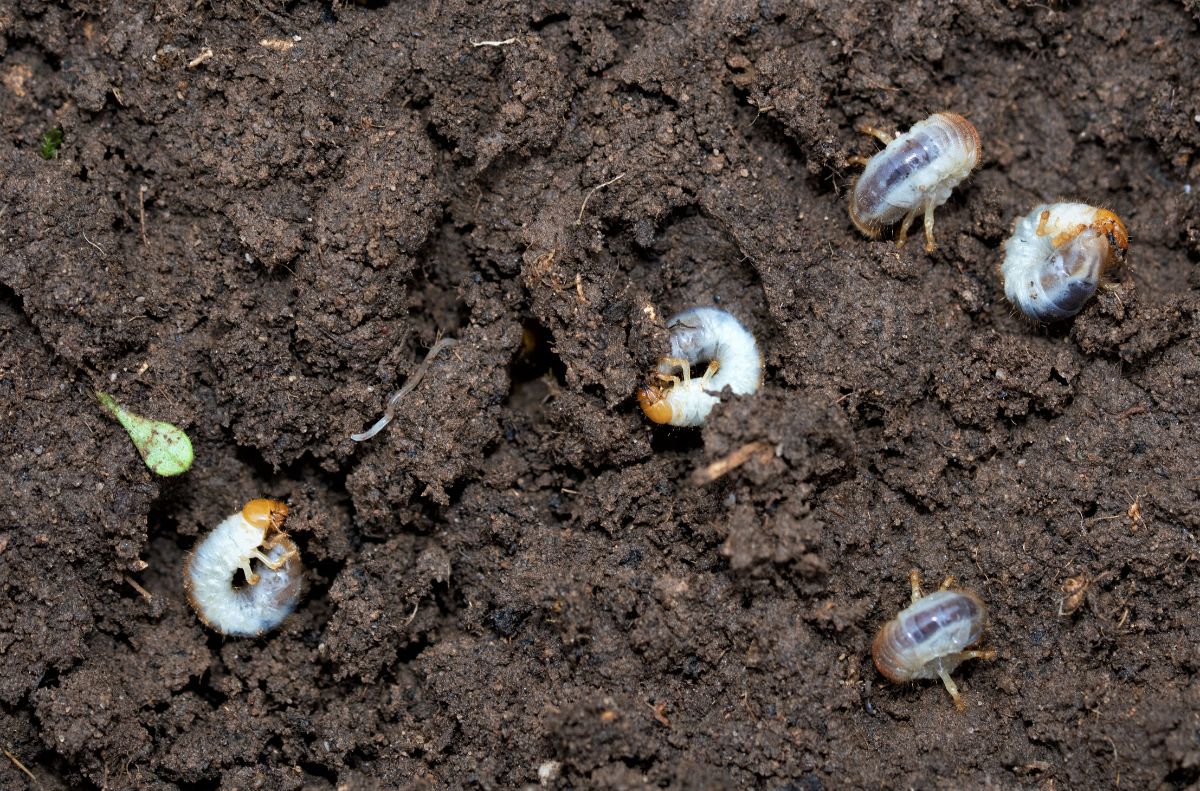
When many gardeners notice mole tunnels in their beds, they get preoccupied with controlling moles. But often, moles aren’t the real problem.
Moles follow food resources, and if you notice that there are a lot of moles in your garden, it may mean that you have an underlying insect problem. And those insects may be much more destructive than the moles are!
Moles typically feed on grubs, earthworms, slugs, snails, and other “creepy crawlies.” But if you organically treat for garden pests, you’ll protect your plants from pest predation and remove moles’ natural food resources. This will encourage moles to search elsewhere for food and help to rid your garden of moles for good!
One of the best ways to naturally control grubs is with a milky spore, which is made from a naturally occurring bacteria that specifically targets grubs. Slugs and snails can be kept at bay with a good garden clean-up or some “slug pubs.” But stay away from commercial slug bait products, as these products can be harmful to wildlife, as well as household pets.
3. Sound vibrations
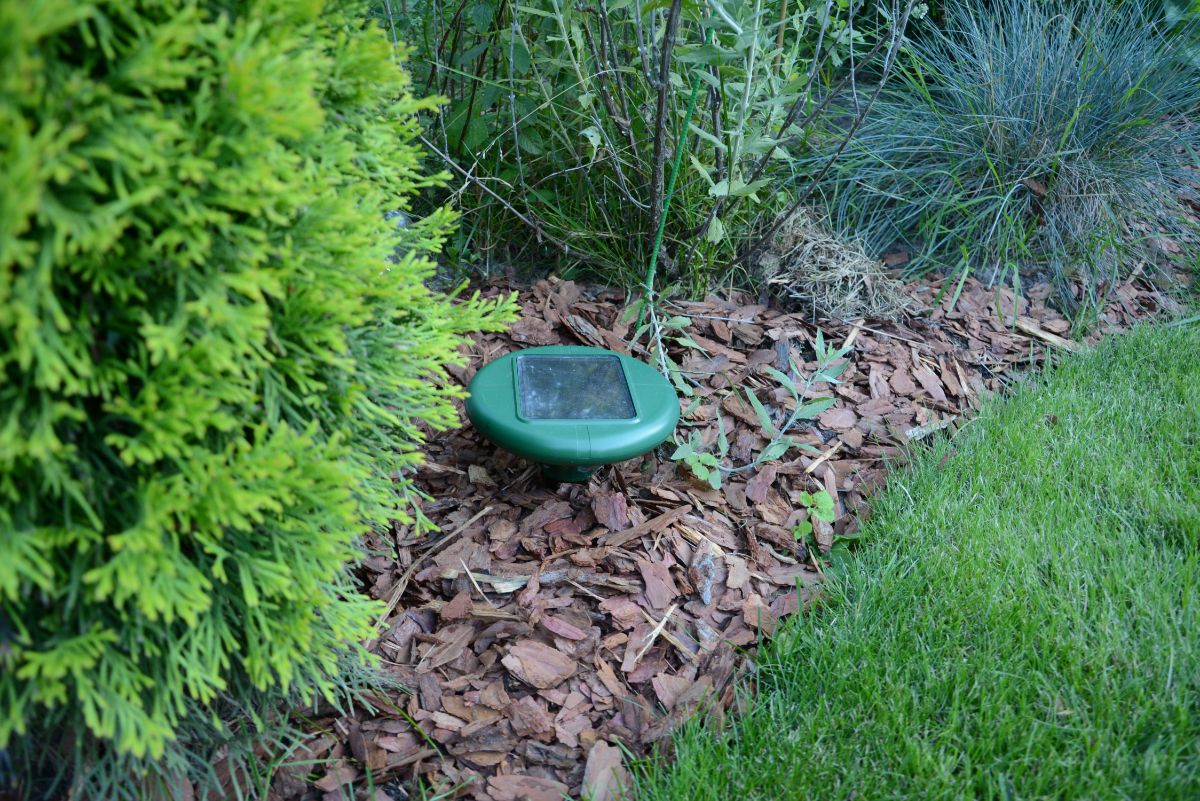
Since moles live under the ground, their environment stays relatively constant. However, moles can still be sensitive to sound vibrations, which penetrate through the soil and can make moles think they’re under predator attack.
Most gardeners aren’t going to go about installing boomboxes in their gardens to keep moles in line, but you can take other steps to create natural vibrations in the soil. One popular tip is to place pinwheels throughout garden beds, which are said to create vibrations in the soil that deter moles. However, science has yet to prove that pinwheels really work against moles, and they are ineffective when the wind isn’t blowing.
A better option is to install ultrasonic mole-repellent ground spikes, which emit a low, pulsing sound that drives moles away without harming them. Best of all, these stakes are solar-powered, so you won’t need any electrical cords to run them! For best results, install spikes throughout your garden in strategic locations and experiment with different placement patterns to see what works best against your local mole population.
4. Garlic spray
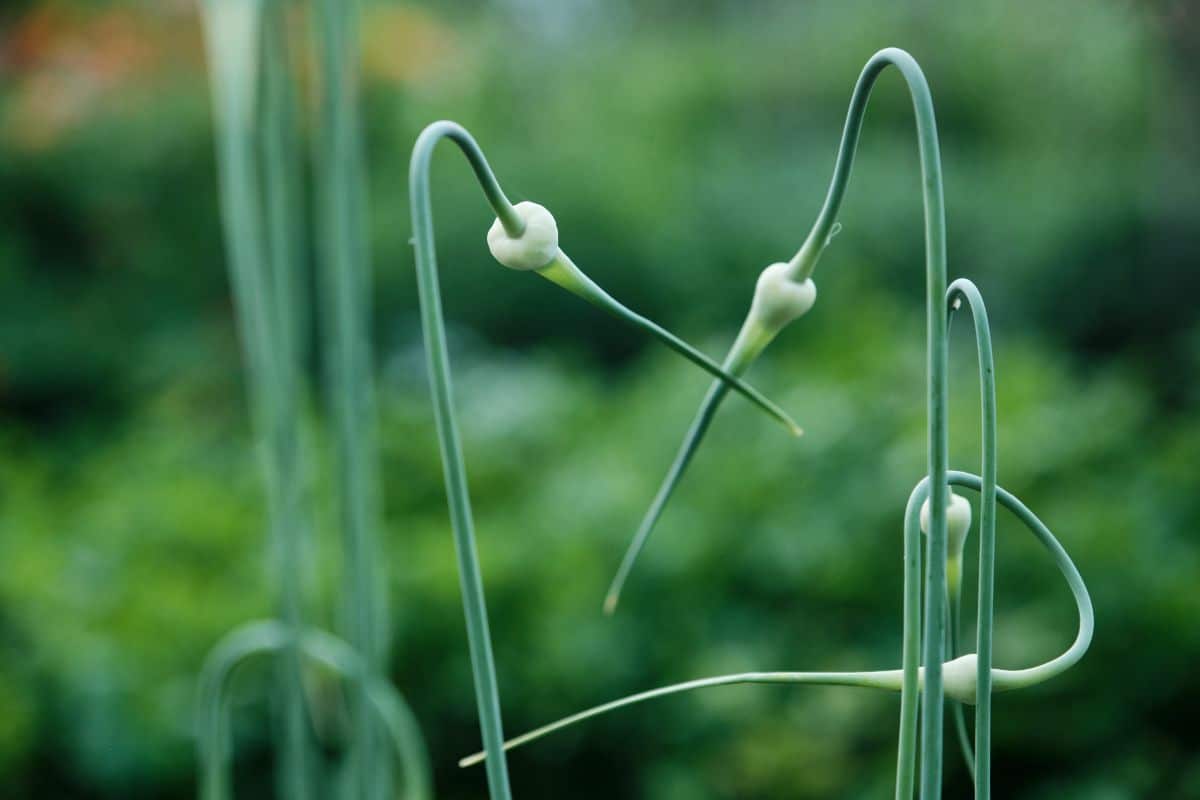
Garlic and other allium plants emit a strong fragrance that naturally deters many animals, potentially including moles. While using garlic as a mole deterrent needs to be studied more thoroughly, some gardeners rave that garlic’s strong scent has been effective against mole problems.
Depending on your gardening style, you can grow garlic crops as borders around beds to keep moles and other pests out. Or you place a few crushed garlic cloves in the entrances of mole tunnels. The strong scent can deter moles and other rodents, but you will want to replace the cloves so they stay fresh.
Another option is to apply Garlic Barrier spray around your lawn and garden, focusing in on areas where you know moles are active. After application, Garlic Barrier smells a lot like freshly baked garlic bread, and it’s approved for organic gardens. Just keep in mind it will need to be reapplied after heavy rain.
You can also make your own garlic spray by cooking 10 crushed garlic cloves on low heat in a ½ gallon of water. Allow the mixture to cool thoroughly, and then apply it in your garden with a garden sprayer.
5. Castor oil spray
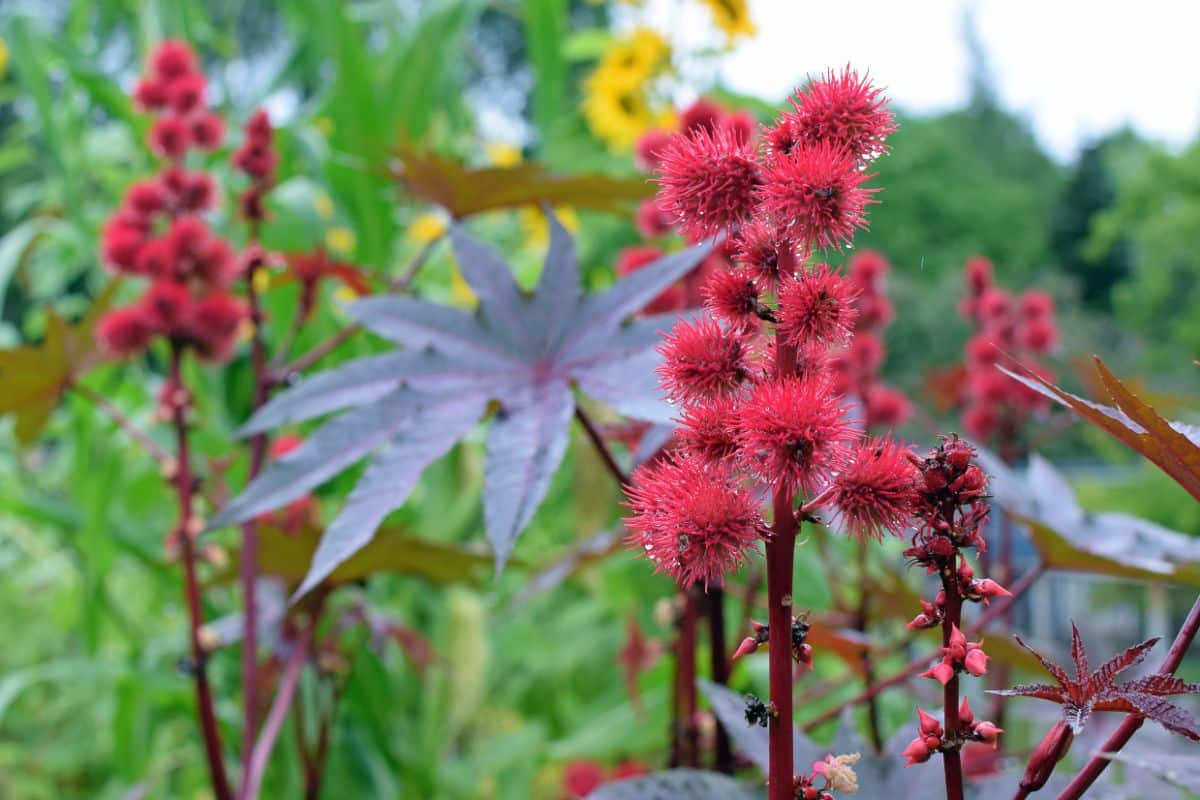
It’s well known that castor plants can deter moles, which is why some gardeners plant castor beans as a border around their gardens. However, castor plants can be invasive in some areas, and they are very toxic, especially to small children and pets. For this reason, castor may not be the best planting option for all gardens.
But while you may not want to grow castor beans, you can make a castor oil spray to keep moles away. Simply mix 3 parts castor oil with 1 part dish soap and then measure 4 tablespoons of this mixture into a gallon of water. Castor oil spray can be applied to gardens, lawns, or known mole burrows with a garden sprayer, but it does need to be reapplied regularly and after heavy rains.
6. Companion planting
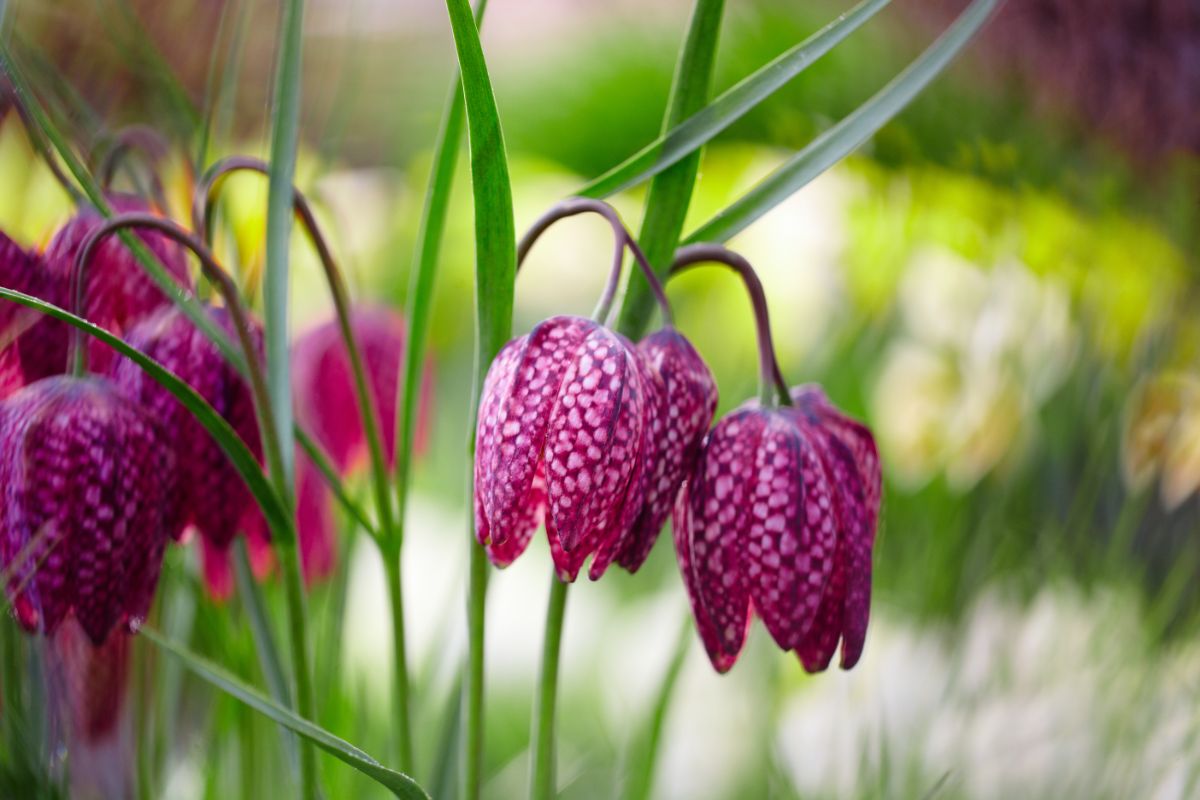
Some strong-smelling plants are naturally repellant to moles, and growing them in your garden can make moles avoid your space. Castor and alliums, such as garlic, onions, and chives, are always solid plant choices for natural pest control. But you can also try out other plants, like:
· Daffodils
· Mole plants (Euphorbia lathyris)
· Fritillaries
· Marigolds
For best results, try interplanting these “smelly” flowers in garden beds where you know moles are active or use these plants as borders around your growing space.
7. Underground barriers
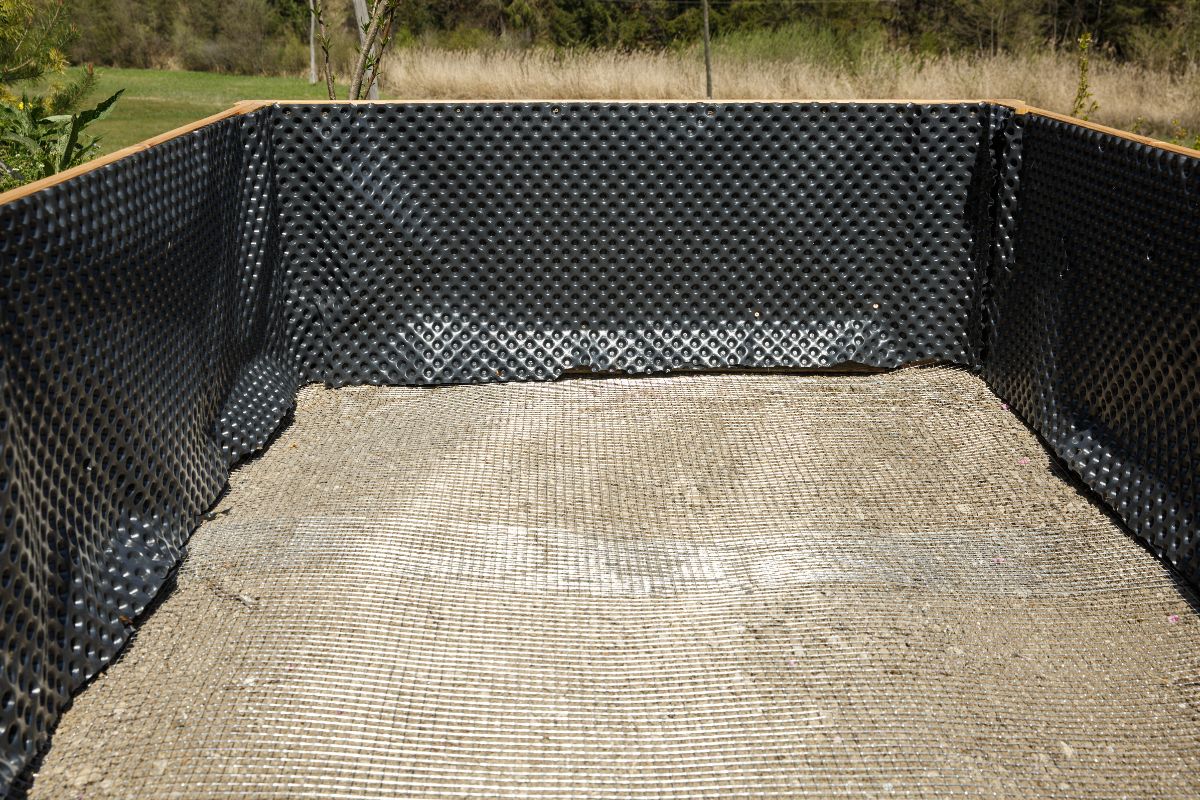
Although moles don’t target plant roots the way root-eating voles do, moles can sometimes damage plants inadvertently by digging tunnels and uprooting plants. To avoid this, you may want to consider installing subterranean barriers around vulnerable plants or garden spaces that moles frequent.
One way to do this is to attach hardware cloth to the base of raised bed planters. But you can also sink hardware cloth at least 12” deep into the soil around the perimeter of your garden. Angle the metal mesh outwards in an L-shape to make it harder for moles to dig their way in.
8. Natural predators
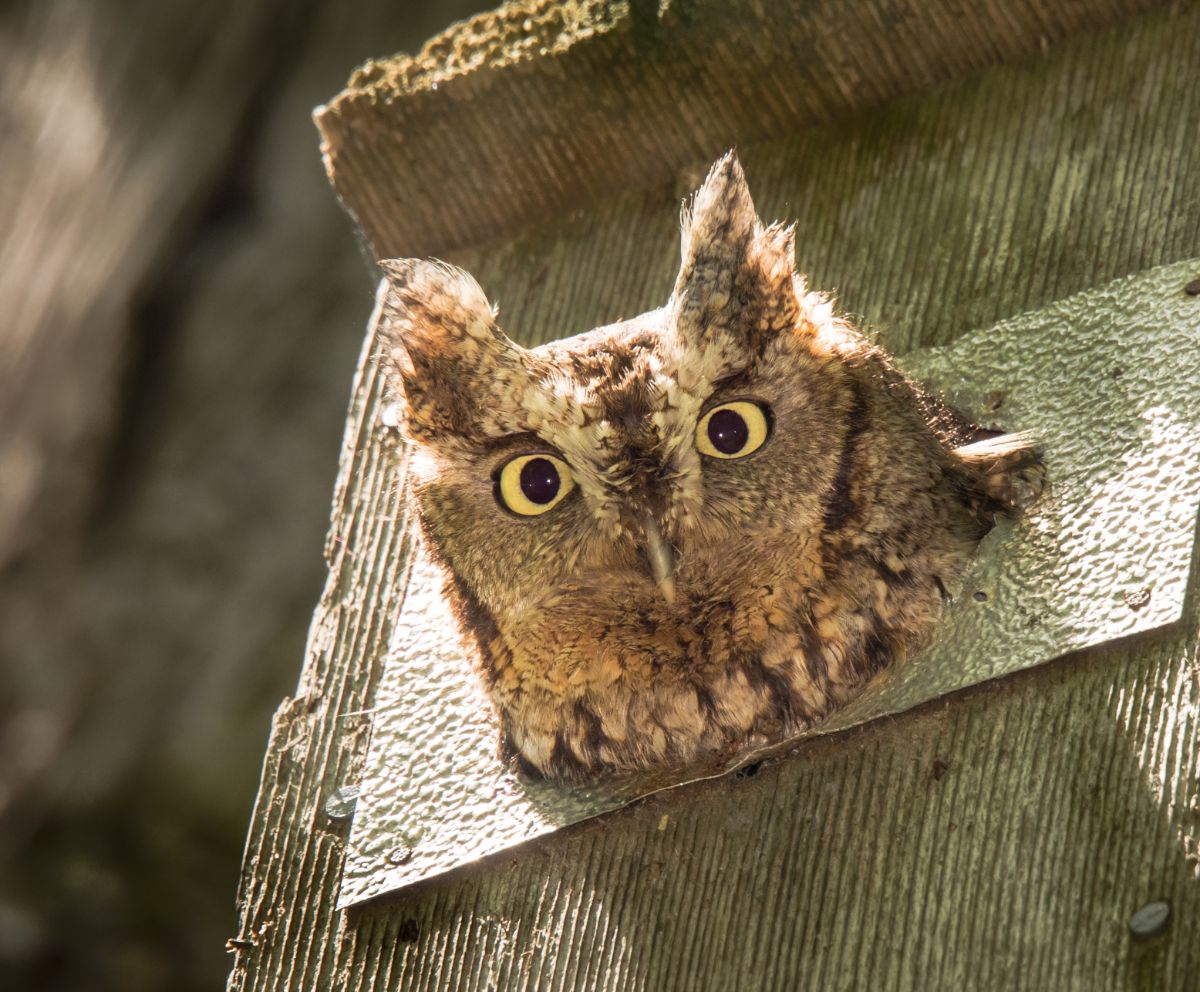
While some gardeners may not mind moles, if moles are getting on your nerves, you can encourage moles’ natural predators to visit your yard.
It’s often recommended to keep cats indoors since cats can prey on songbirds and other critters. But if you happen to have a neighborhood cat on the prowl, you may want to invite a kitty into your yard to take care of your mole problem.
Another option is to install owl houses or grow sturdy trees, which can serve as perching spots for hawks and other birds of prey. Just remember to stay away from mole poisons if mole predators are visiting your property since these poisons can travel up the food chain and harm non-target species, too!
9. Grow bags and pots
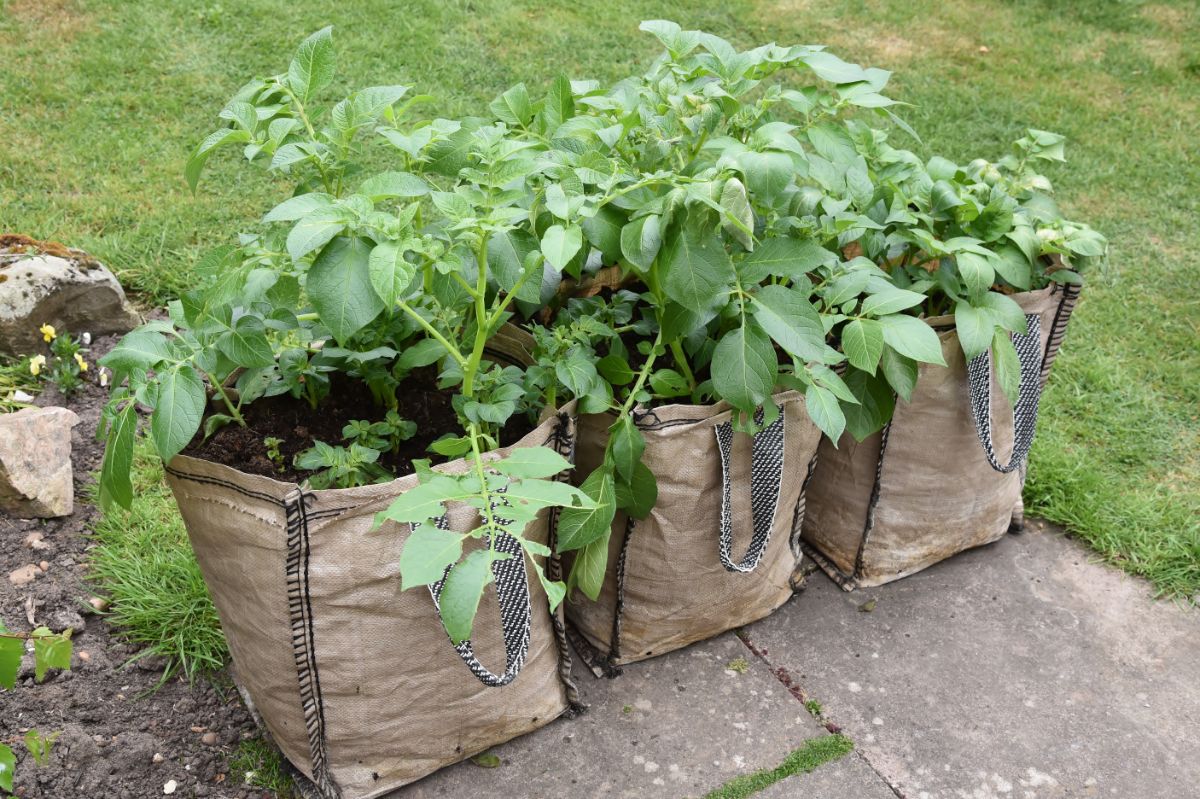
If you keep a small garden space or just a few plants, you can avoid dealing with moles altogether by keeping your plants in sturdy pots or grow bags. Although this won’t deter moles from visiting your yard, it will keep your plants safe and prevent plant roots from being dug up by burrowing moles.
To keep specific plants grown in garden beds safe, you can bury hardware cloth as noted above, or you can line planting holes with a circle of hardware cloth. It’s up to you!
10. Other scented deterrents
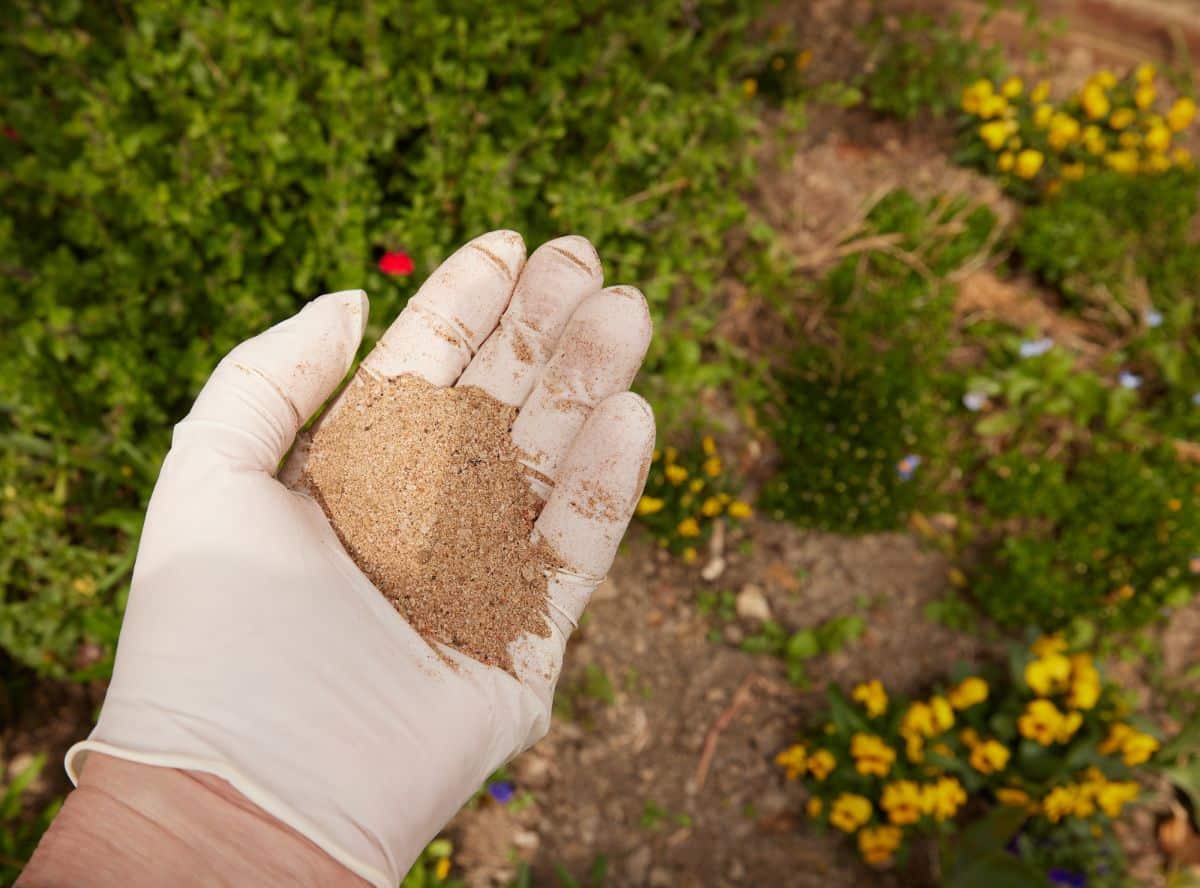
There are many other folk remedies for mole invasions, which many gardeners swear by. However, as with garlic sprays, these remedies need to be studied more formally to determine how truly effective they can be. That said, if you’re struggling with a mole problem, there’s no harm in trying out one or two of these easy treatment options.
Many different types of strongly scented products are said to deter moles, including blood meal, cayenne powder, tobacco, human hair, and coffee grounds. To increase the effectiveness of these products, apply them regularly throughout the growing season and especially after heavy rain.
11. Bulb cages
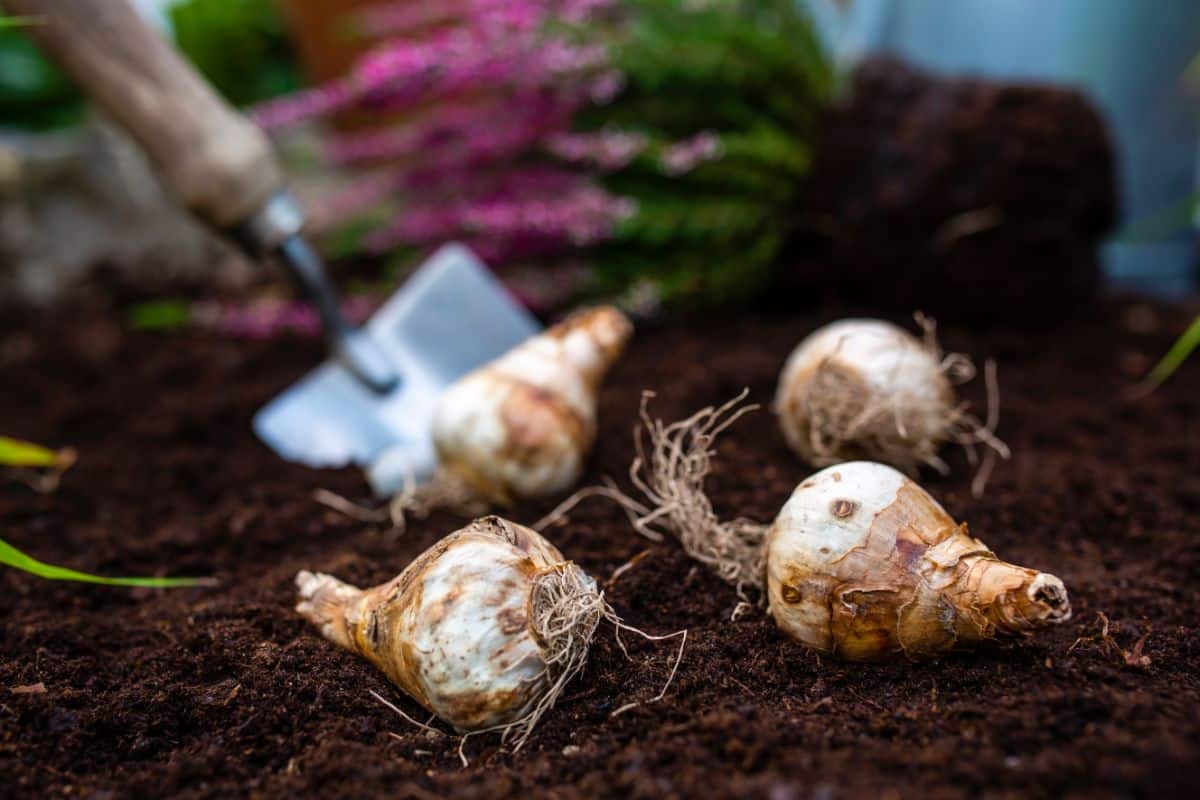
Moles may not eat plants, but when they tunnel near plant roots and flower bulbs, they can blaze an underground trail that other plant-eating pests will follow. Often, voles and mice will scurry down mole holes, and if they encounter bulbs and plant roots along the way, they may just gobble them up!
One easy way to keep bulbs safe from burrowing animals is to plant bulbs inside of bulb cages. These sturdy contraptions keep pests from chewing up bulbs, and they can even be anchored in the soil so that moles won’t dig them up. If you don’t want to purchase premade bulb cages, you can also make your own by loosely encircling bulbs with hardware cloth.
Frequently asked questions

What is the fastest way to get rid of moles in your yard?
The fastest and most reliable way to remove moles is with live traps. Live traps should be set regularly in gardens where moles are active, and they should be checked daily just in case moles wander in. When you use live traps consistently, you can relocate even large populations of moles with little trouble.
Why do I suddenly have moles in my yard?
The most common reason why mole populations may suddenly appear in your yard is due to insects. Moles feed on insects like garden grubs, and they are more likely to frequent yards where grubs are active. Sometimes, moles can alert you to pest problems in your garden before you’re even aware of them!
What scent do moles hate?
Moles are known to avoid strongly scented plants, like castor beans. Anecdotal evidence suggests that moles are also repelled by tar, blood meal, human hair, and coffee grounds.
What can I spread on my lawn to get rid of moles?
Moles often creep into yards where lawn grubs are active. Because of this, one of the most effective ways to get rid of moles is by treating for grubs with milky spore.
Is it good to have moles in your garden?
It can be! While many people consider moles to be nuisance pests, moles offer many benefits to gardeners. Not only do moles keep lawn grubs and other pests in check, but they can also aerate the soil, and they enrich the earth with their droppings as well.
What does a mole plant do?
Also known as the caper spurge, the mole plant (Euphorbia lathyris) is said to deter rodents of all sorts, as well as moles. While mole plants were once used as medicinal plants, they aren’t commonly grown today, and they are known to be toxic. Mole plants are native to the Mediterranean, and they can be invasive in some areas.
Summary
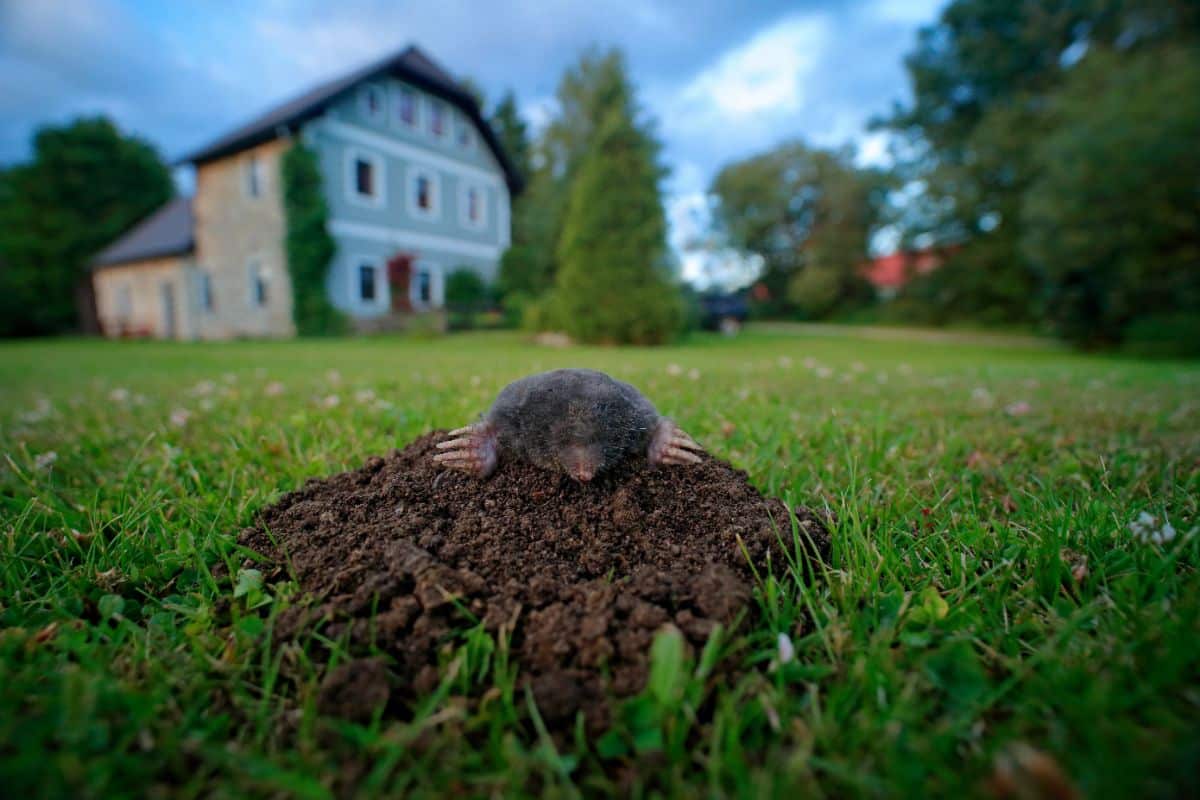
While some garden pests do a lot of harm, moles are interesting animals since they often help gardens more than they harm them. While moles may create unsightly tunnels and dirt mounds, these prolific insect hunters control garden pests naturally, and they can improve soil structure and fertility, too.
Because moles can be beneficial to gardens, some growers tolerate mole activity and work around mole tunnels. But if moles are becoming an issue in your yard, it may be time to address an underlying grub issue and try out some of these natural mole-controlling tips.
For more information about natural pest control, check out our guide on how to tackle vole issues and our piece on removing invasive jumping worms without harmful pesticides.

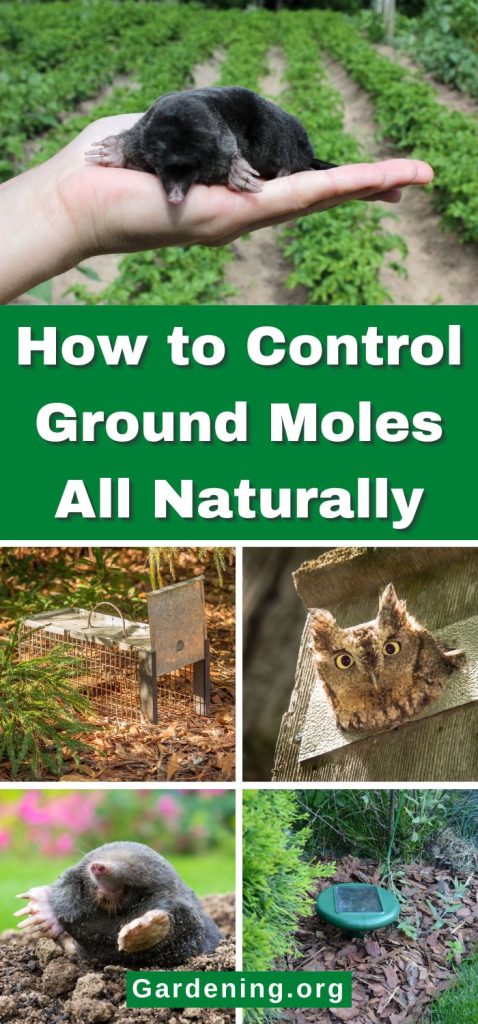
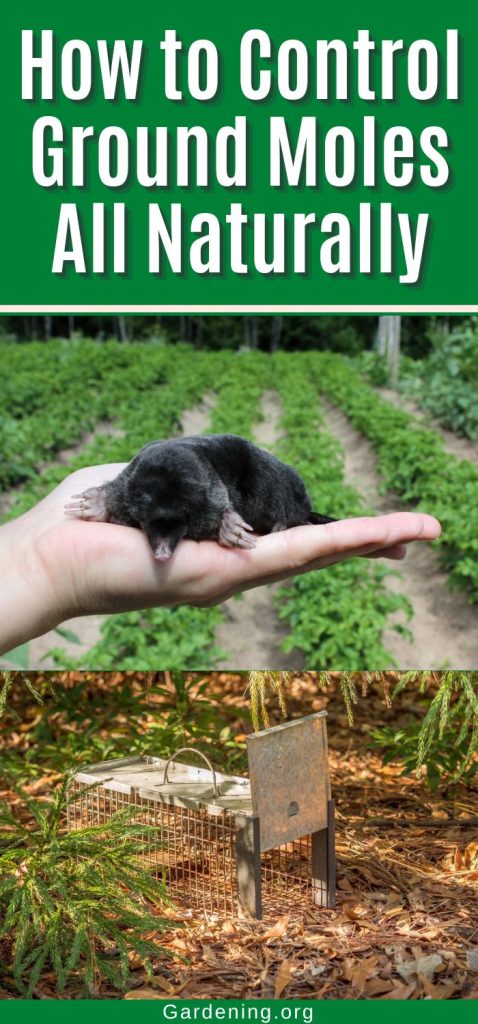
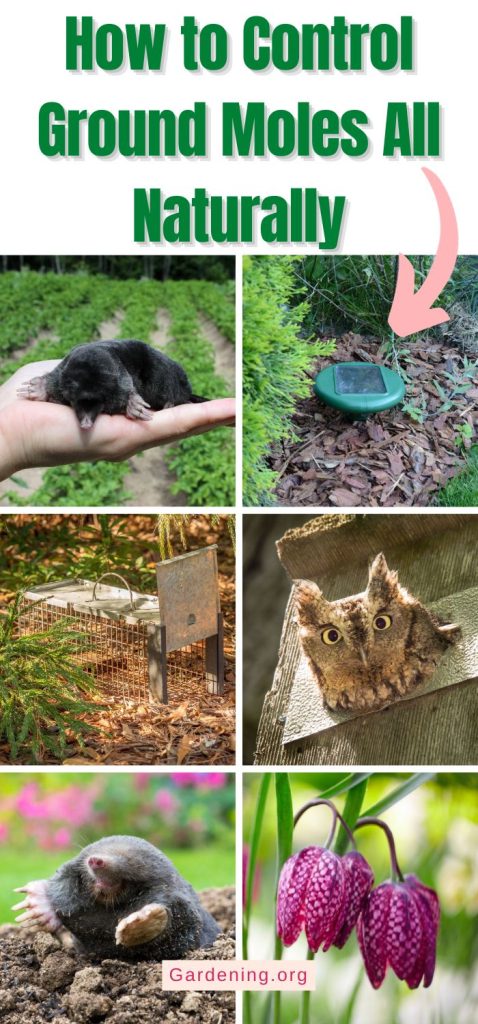
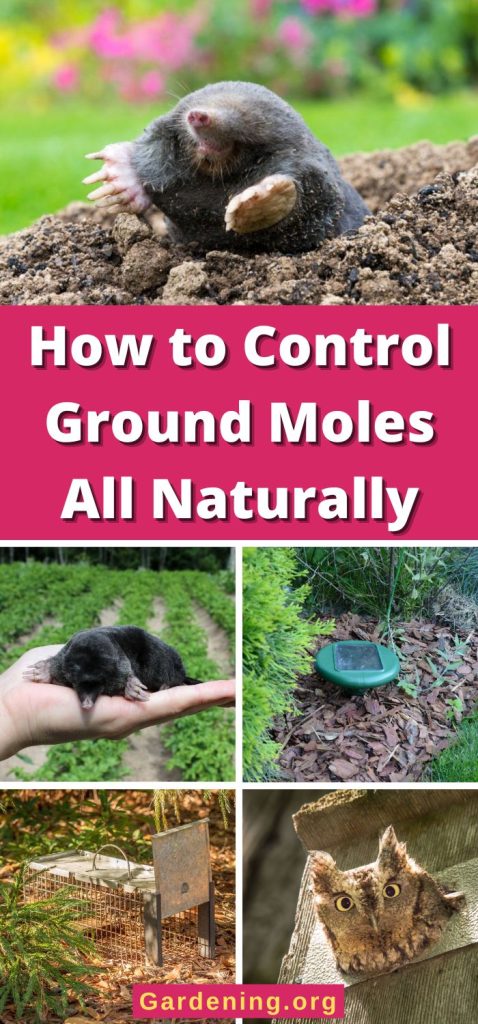




Donna Michele
I actually recently started to garden with flowers and shrubs and began to notice that I had mole tunnels throughout my yard and in my flower beds. I tried several options all natural. Nothing worked and then I read a comment in a blog by a farmer who for 20 years has been using Juicy Fruit gum, yes that’s what I said Juicy Fruit gum, he said put a half stick of unchewed gum into the mole hole and the mole will eat the gum but can’t digest it and there you have it no more mole problem well I laughed but tried it and by golly it works!